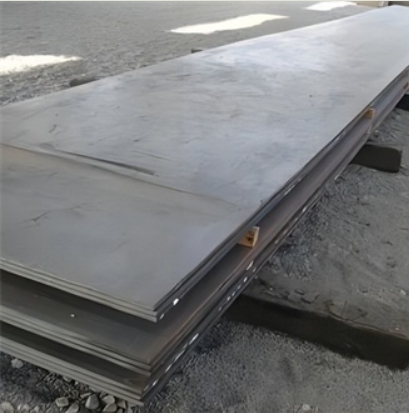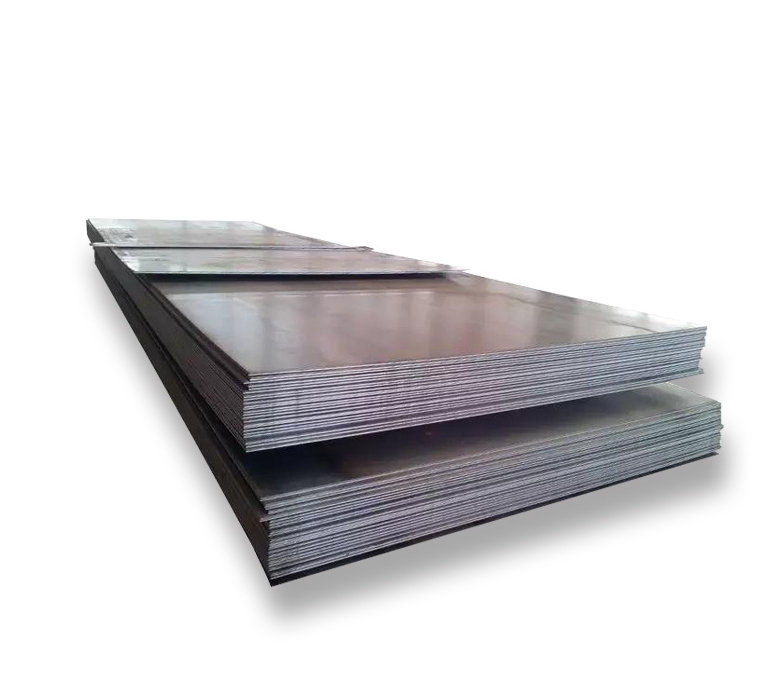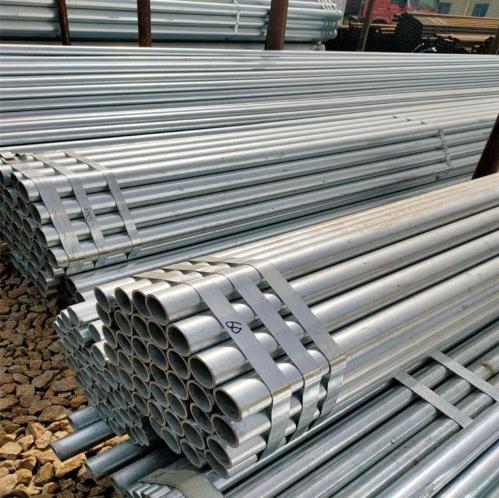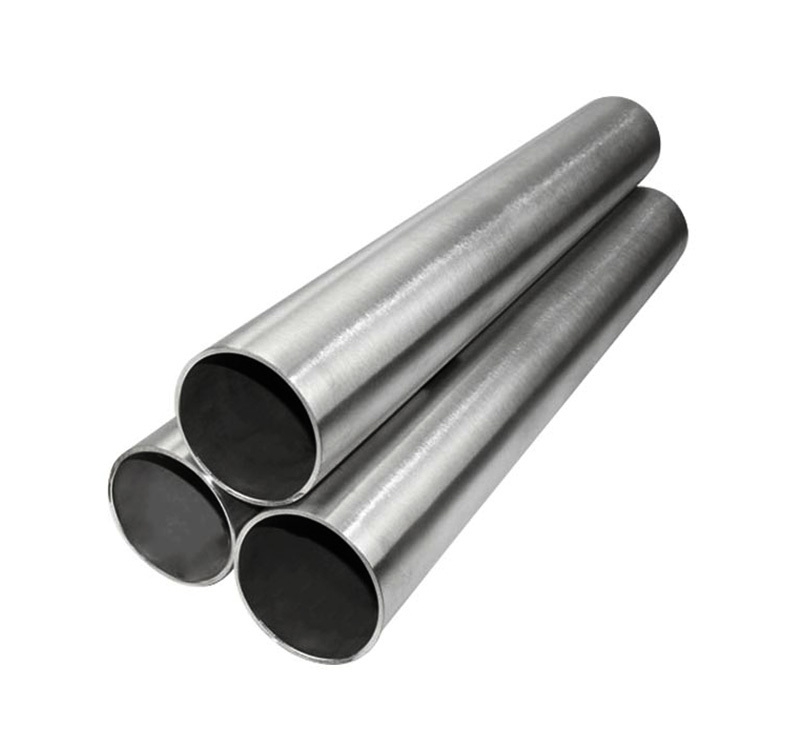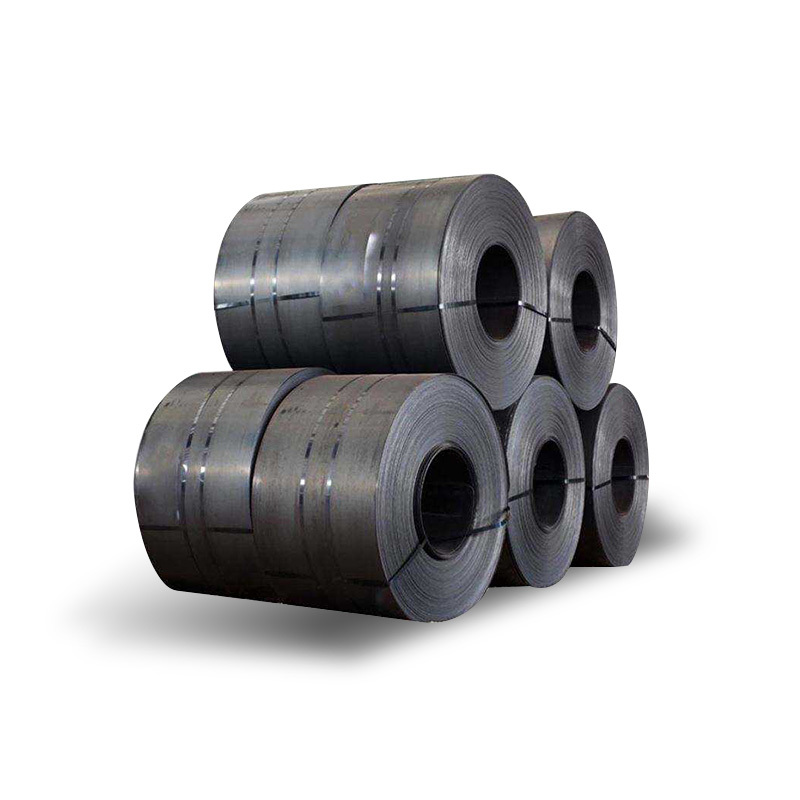For most global buyers in 2025, ASTM A829 4140 quenched & tempered (Q&T) plate offers the best balance of strength, toughness and cost-effectiveness for medium-to-heavy structural and wear-resistant parts. Typical market prices in mid-2025 range roughly $1,500–$2,200 / tonne for standard 4140 Q&T plate from large Chinese mills (FOB), $1,800–$2,500 / tonne for Indian/SE Asia supply, and $2,200–$3,500 / tonne (or higher for cut-to-size retail pieces) in North America and Western Europe depending on thickness, certification and value-added services. These bands are working estimates intended for budgeting and RFQ preparation; firm quotes require thickness, dimensions, heat treatment condition, certificates, and order quantity.
What ASTM A829 is, and how it maps to “4140”
We treat ASTM A829 as the controlling specification for a family of alloy structural steel plates produced to defined chemical limits and delivered in multiple heat treatment conditions. The designation “4140” (AISI/SAE 4140) denotes a chromium-molybdenum medium-carbon alloy whose chemistry and mechanical behavior are commonly supplied under ASTM A829 for plates meant to be quenched and tempered for higher strength and toughness. The ASTM page and mill datasheets explain scope and permitted delivery conditions.
In practice we often see suppliers label plates “ASTM A829 / AISI 4140 Q&T”, which signals both the standard and the alloy chemistry. Mills also document form (rectangular, circular), edge type and finishes under A829.
Chemical composition — what to expect in 4140
Chemically, 4140 is a medium-carbon alloy with chromium and molybdenum as the principal alloying elements and small additions of manganese and sometimes silicon. Typical target ranges (examples from mill datasheets and public specifications) are:
-
C: ~0.38–0.45%
-
Mn: ~0.60–0.90%
-
Cr: ~0.80–1.10%
-
Mo: ~0.15–0.25%
-
Si: ~0.15–0.35%
These chemistries give 4140 better hardenability than plain carbon steels and allow through-hardening in moderate thicknesses after quench & temper. Exact limits are specified in ASTM A829 and in producer data sheets; always check the mill’s certified chemical analysis on the MTR.
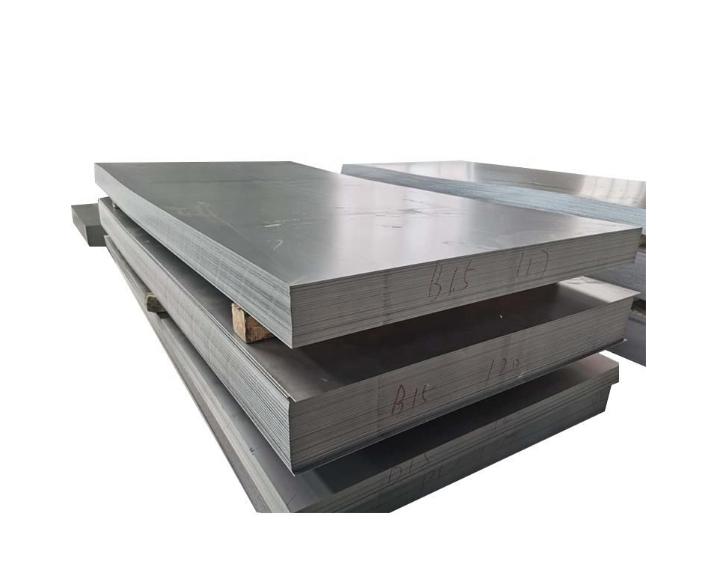
Mechanical properties — quenched & tempered condition
When quenched and tempered, 4140 plates achieve substantially higher yield and tensile strength compared with normalized or as-rolled plates while retaining useful ductility and impact toughness. Typical mechanical ranges (illustrative; buyer must confirm per MTC) include:
-
Yield strength: 950–1,300 MPa (depending on tempering level and thickness)
-
Tensile strength: 1,000–1,450 MPa
-
Elongation: 10–20% (dependent on thickness and heat treatment)
-
Charpy impact: Often tested at specified temperatures for toughness validation.
For critical components we always specify both tensile data and Charpy V-notch energy at the agreed temperature on the MTC. The ASTM specification and mill data provide permitted ranges and test requirements.
Heat treatment routes for A829-4140 Q&T plate
Typical process steps we require in RFQs:
-
Austenitize at specified temperature (mill datasheet gives exact range).
-
Quench — oil or polymer quench is common for plate; the choice affects distortion and residual stresses.
-
Temper at the selected temperature to obtain the required yield/tensile and toughness balance. Tempering schedules are chosen to achieve the target mechanical property band.
-
Post-treatment testing — hardness profile checks, tensile sample testing, and sometimes non-destructive testing (NDT) if specified.
Dillinger and other mill tech bulletins show common heat treatment windows and options for form I rectangular plates; specify these explicitly in purchase orders to avoid misunderstandings.
Manufacturing forms, edge/surface options and standard sizes
ASTM A829 governs delivery forms (rectangular plates, rings, discs) and edge categories (mill edge, universal mill edge, sheared, gas cut, special cut) as well as permitted finishes (blast cleaned, oiled, pickled, painted, etc.). Typical plate thicknesses for 4140 Q&T in industrial supply range from a few millimeters up to >200 mm depending on the mill’s rolling capability. We recommend specifying:
-
Thickness tolerance and flatness class.
-
Edge type (for fabrication requirements).
-
Surface finish and whether pickling or blast cleaning is required.
-
If parts are to be delivered pre-cut or with machined features, supply dimension/tolerance drawings.
Refer to the ASTM A829 scope and mill product data when describing delivery condition and form.
Typical applications
In our work we see A829-4140 Q&T plates used for:
-
Gears, shafts and hubs where through-hardening is required.
-
Structural components that require greater fatigue and impact resistance than carbon steels.
-
Wear-resistant parts in moderate impact environments (not a manganese AR plate replacement, but better than plain carbon).
-
Pressure vessel components and machine frames where a combination of strength and toughness is required.
Because 4140 responds well to heat treatment and machining, it’s an economical choice for medium-duty, high-stress parts. Mill and distributor technical notes describe common sectors and usage examples.
Quality, testing and documentation
To manage risk we always require these from the mill / supplier:
-
Material Test Certificate (MTC / MTR) per EN/ASTM format showing heat number, chemical analysis and mechanical test results.
-
Hardness reports for representative locations and, if required, hardness profile across thickness.
-
Charpy V-notch impact test results at specified temperatures (especially for applications at low temperature).
-
NDT such as ultrasonic testing or magnetic particle inspection if the part’s service is critical.
-
Traceability to mill heat number and production records.
Requiring these in the purchase order reduces ambiguity and prevents disputes at receipt. Mills and distributors list test options on their product pages; insist on the certificate language you need (e.g., EN 10204 3.1/3.2 equivalent).
Supply chain: mills, distributors and cut-to-size vendors
Supply comes in three typical channels:
-
Primary mills (domestic national steelworks) — best for large volume plate orders and factory supply agreements. Mills can supply full MTR scope and tighter control of heat treatment. See mill technical bulletins for A829 grades.
-
Stockholders / distributors — online vendors (e.g., OnlineMetals, McMaster, Grainger) that sell cut pieces or retail sizes with short lead times but higher unit price and limited MTC scope. Examples show catalog pricing for small plates.
-
Trading houses and Chinese mills — can be cost-competitive for large tonnages, but check certification, lead time, and compliance carefully. Many listings on marketplaces provide ballpark FOB prices.
Global price comparison — indicative bands for 2025
Below is a working comparison intended for budgeting. Final vendor quotes will vary by thickness, exact tempering, MTC level, order quantity, and logistics. All prices are mid-2025 indicative ranges and are shown in USD / tonne for plate in quenched & tempered condition (FOB mill or distributor bulk pricing). Retail cut prices and small samples are higher per kg.
| Region / Channel | Indicative price band (USD / tonne) | Notes |
|---|---|---|
| China (large mills, FOB) | $1,500 – $2,200 / t | Competitive mill FOB; lower for very large lots; quality and MTC vary. |
| India / SE Asia (mills & traders) | $1,800 – $2,500 / t | Logistics & certification add cost; good value for medium lots. |
| North America (mills / stockholders) | $2,200 – $3,500 / t | Higher labor and quality assurance costs; small orders and cut-to-size premium. See OnlineMetals / Grainger examples for piece prices. |
| Western Europe (mills & distributors) | $2,500 – $3,600 / t | Strong QA, CE/EN paperwork, longer lead times for bespoke Q&T plates. |
| Trading / small batch retail (global) | $3,000 – $5,000 / t (effective) | For small cut pieces, packaged orders — price per tonne equivalent is higher due to handling and cutting. |
How we derived these bands: Chinese market checks and marketplace listings indicate RMB pricing equivalent to roughly $1.5–$2.0/kg in recent months; North American catalog prices for cut plates show higher per-piece premiums; mill bulletins and distributor postings support the spread shown above. Use these bands for RFQ targets and expect volatility with scrap steel and energy price swings.
Price drivers — what moves the number
When we build a price comparison or prepare a bid, these elements matter most:
-
Thickness and plate weight — thicker plates carry higher value per unit and may require different heat treatment.
-
Quantity / order size — volume discounts are substantial for direct mill orders.
-
Delivery condition & MTC level — 3.1/3.2 certificates, additional testing (Charpy, NDT) raise cost.
-
Cutting, processing and machining requirements — cut-to-size, bevelling or machining increase unit price.
-
Market factors — scrap steel price, energy, and freight costs. Steel price volatility in 2025 continues to reflect global demand and logistics.
Procurement and negotiation tips
From many projects we always specify the following in RFQs to avoid ambiguity and price creep:
-
Exact material designation: “ASTM A829 Grade 4140, quenched and tempered to X-Y MPa, Charpy V-notch at –20°C = Z J” (example).
-
MTC level required: EN 10204 3.1/3.2 or supplier equivalent.
-
Dimensions and tolerances plus flatness class.
-
Edge and finish (e.g., sheared and shot-blasted).
-
Quantity and delivery schedule — give mills clear lot sizes to obtain firm lead-time pricing.
-
Ask for mill heat number traceability and shipment photos for large orders.
We also request a breakdown: base steel price, heat treatment cost, testing/inspection, and cutting/processing charges. That helps in comparing mill vs distributor offers fairly.
Fabrication notes — welding, machining and PWHT
4140 Q&T is weldable, but because of the carbon equivalent (CE) and the hardened microstructure, welding needs care:
-
Preheat is commonly required to avoid HAZ cracking — preheat temp depends on plate thickness and CE.
-
Interpass temperature control and controlled heat input reduce risk.
-
Post-weld heat treatment (PWHT) may be required to restore ductility in the HAZ for critical parts. Specify PWHT in the purchase order if design requires it.
-
For machining, the tempered condition machines reasonably well; tougher tempers are more demanding.
We always consult a welding engineer and the mill’s welding recommendations when specifying welded assemblies from 4140 Q&T plate.
Environmental and traceability considerations
Traceability to the heat (MTR), and compliance with any project-level quality systems (e.g., ISO 9001, API, NORSOK if used offshore) should be in the contract. If the part will operate in corrosive environments, clarify corrosion protection requirements (e.g., coatings, painting, cathodic protection) because 4140 is not stainless and will require protective systems for long life. Mill documents and regulatory sources describe traceability and conformity documentation.
Frequently Asked Questions
Q1. Is ASTM A829 4140 the same as AISI/SAE 4140?
Short answer: Chemically yes — the 4140 designation describes the alloy chemistry; ASTM A829 is the plate specification that governs how that alloy is produced and delivered in plate form. Always ask for the MTR to confirm both chemistry and treatment.
Q2. What thicknesses are commonly available in Q&T 4140 plate?
Suppliers produce a wide range — from thin plates (a few mm) up to large heavy plates (>100 mm). Availability depends on the mill’s rolling and heat-treating capability; confirm stock sizes with the supplier.
Q3. How should I specify impact testing?
State the temperature and the minimum J value on the MTC (e.g., Charpy V-notch at –20°C, min 27 J). If low temperature service is expected, declare the lowest operating temperature so the vendor can validate toughness.
Q4. Are Chinese 4140 plates reliable for critical parts?
They can be, provided you require full MTCs, witness testing or third-party inspection, and work with established producers. For very high-risk use (pressure or safety critical), prefer mills with audited quality systems and positive references. Market listings show competitive pricing but diligence is essential.
Q5. How do I compare mill vs distributor pricing?
Compare by total landed cost (material + testing + cutting + freight + customs + duties + lead time risk). For large tonnages the mill route is almost always cheaper; for prototypes and small lots distributors win on speed but at a premium.



